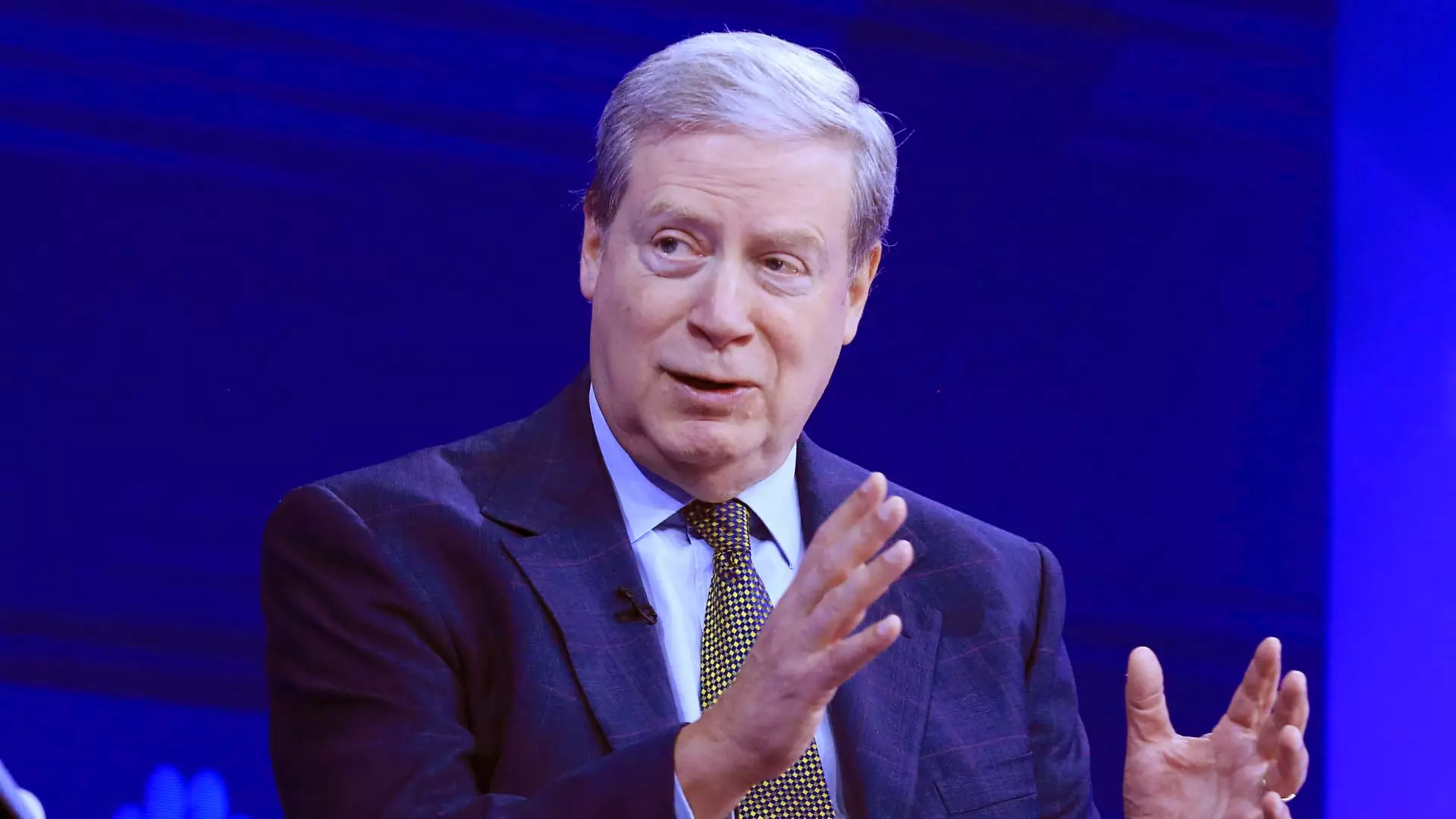Stanley Druckenmiller, a prominent billionaire investor, has been closely monitoring the ever-evolving landscape of the financial markets. His recent comments suggest a newfound wave of optimism following Donald Trump’s re-election. For Druckenmiller, who has been in the investment arena for nearly five decades, this shift marks a significant transition from a period characterized by an anti-business approach to one that may actually favor pro-business sentiments. His remarks on CNBC emphasize a palpable enthusiasm among corporate leaders, who express feelings ranging from relief to outright glee about the current economic climate.
This exuberance reflects a broader sentiment within the business community, as the anticipation of Trump’s policies—particularly his proposed tax cuts and deregulation measures—offers a sense of hope that risk assets will thrive. Such changes are crucial in driving the confidence of executives who play pivotal roles in shaping the economy. The phrase “animal spirits,” a term coined by economist John Maynard Keynes to describe the instincts that drive human behavior in economic decision-making, resonates strongly in Druckenmiller’s outlook.
Despite his bullish stance on the economy, Druckenmiller also articulates a sense of caution regarding the stock market’s future trajectory, particularly due to the increasing bond yields. This presents a complex scenario for investors. On one hand, a booming economy typically bodes well for corporate earnings and stock prices. Conversely, rising yields on government bonds could signify escalating costs of borrowing and, consequently, a dampening effect on investment and consumer spending.
Druckenmiller’s strategy reflects a sophisticated approach. By maintaining a position against Treasury bonds—betting that their prices will decrease and yields will climb—he demonstrates prudence, acknowledging the intricate balancing act required to navigate both the promise of economic growth and the risks it entails. His perspective encapsulates the duality of the current market environment, forcing investors to weigh optimistic economic indicators against the potentially adverse impacts of rising bond yields.
The Surge of Risk Assets and AI Innovations
The market’s recent performance, particularly the S&P 500’s appreciable bounce following Trump’s victory, underscores an essential connection between political developments and investor sentiment. Segments like banking, energy, and emerging technologies such as cryptocurrency have flourished in this optimistic atmosphere, signaling a readiness to embrace risk.
Crucially, Druckenmiller identifies specific sectors that hold promise for robust returns. He mentions the transformative role of artificial intelligence (AI) in improving company efficiencies and reducing operational costs. While he refrains from disclosing his investment picks in the AI space—having divested from more established players like Nvidia and Microsoft—his focus on innovation suggests that the future of investment could hinge more on technological advancements than on traditional economic indicators.
Trump’s administration has brought the topic of tariffs to the forefront of economic discussions, raising legitimate concerns about inflationary pressures and potential retaliatory measures from trading partners. Druckenmiller, however, approaches tariffs from a fiscal standpoint. He posits that while tariffs may act as a consumption tax—potentially alleviating some of the country’s pressing fiscal challenges—they could also pose risks if escalated.
By maintaining a cautious view on tariffs, especially as Trump’s team contemplates a gradual implementation schedule, Druckenmiller emphasizes the need for carefully measured solutions. He argues that as long as tariffs remain within a modest range, the rewards could outweigh the risks, presenting a complicated yet intriguing perspective on fiscal policy.
Stanley Druckenmiller’s insights reflect a nuanced understanding of the current financial landscape shaped by political changes and technological advancements. His blend of optimism surrounding economic performance and caution regarding market volatility offers a valuable narrative for investors navigating these tumultuous waters. The interplay between corporate sentiment, government policy, and fiscal responsibility will undoubtedly play a significant role in determining the trajectory of markets in the months and years to come. As stakeholders engage with these complex dynamics, aligning investment strategies with emerging trends will be essential to capitalizing on opportunities yet to unfold.


Leave a Reply